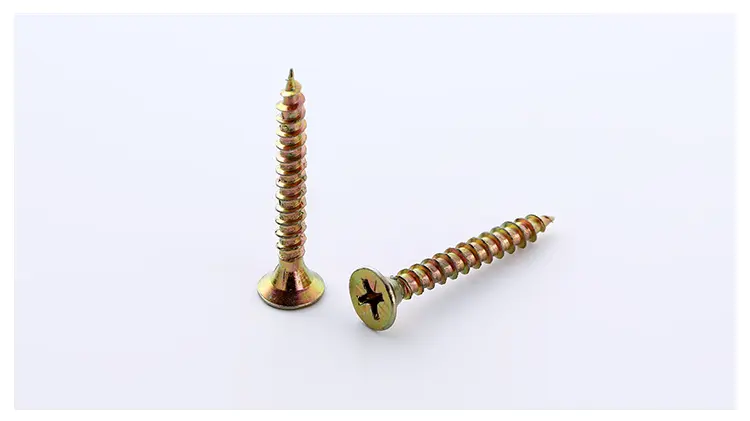flat washer vs lock washer quotes
Flat Washers vs. Lock Washers Understanding the Differences
When it comes to fastening components in various engineering and construction applications, washers play a pivotal role in ensuring stability and durability. Among the plethora of washer types, flat washers and lock washers are two of the most commonly used. While they may seem similar at first glance, their functions and applications differ significantly, making it essential for engineers and DIY enthusiasts alike to understand the distinctions between them.
Flat Washers
Flat washers are thin, disc-shaped components with a hole in the center designed to distribute the load of a threaded fastener, such as a bolt or nut. Their primary purpose is to prevent damage to the work surface and provide a bearing surface for the fastener. By spreading out the force applied by the nut or bolt head, flat washers promote even load distribution and prevent loosening due to vibrations. They are typically used in applications that require a smooth surface and minimal movement, making them ideal for machinery, plumbing, and construction projects.
Flat washers come in various materials, including steel, stainless steel, plastic, and rubber, and are available in different sizes to accommodate a wide range of bolts and nuts
. Their versatility and ease of use make them a staple in any toolbox.Lock Washers
flat washer vs lock washer quotes

Conversely, lock washers are designed specifically to prevent fasteners from loosening due to vibration or torque. They achieve this by providing additional friction and resistance between the washer and the fastening component. Lock washers can come in various configurations, including split lock washers, toothed lock washers, and internal/external tooth lock washers, each offering different advantages based on the application.
The primary function of a lock washer is to maintain tension on the fastener, thus preventing it from backing out over time. They are most commonly used in automotive, aerospace, and heavy machinery applications, where vibrations are prevalent and the risk of loosening could lead to catastrophic failures.
Choosing the Right Washer
When deciding between flat and lock washers, it is crucial to consider the specific requirements of your application. If you are dealing with a static load that won’t be subject to significant vibrations, flat washers may be sufficient. However, if your application involves dynamic loads or high levels of vibration, lock washers are the better option to ensure long-term integrity.
In conclusion, both flat and lock washers serve vital functions in fastening applications. Understanding their differences in design and purpose can help you make informed decisions, leading to safer and more effective installations. Always remember to match the washer type to the demands of your project to ensure the durability and reliability of your assemblies.
-
Top Choices for Plasterboard FixingNewsDec.26,2024
-
The Versatility of Specialty WashersNewsDec.26,2024
-
Secure Your ProjectsNewsDec.26,2024
-
Essential Screws for Chipboard Flooring ProjectsNewsDec.26,2024
-
Choosing the Right Drywall ScrewsNewsDec.26,2024
-
Black Phosphate Screws for Superior PerformanceNewsDec.26,2024
-
The Versatile Choice of Nylon Flat Washers for Your NeedsNewsDec.18,2024










